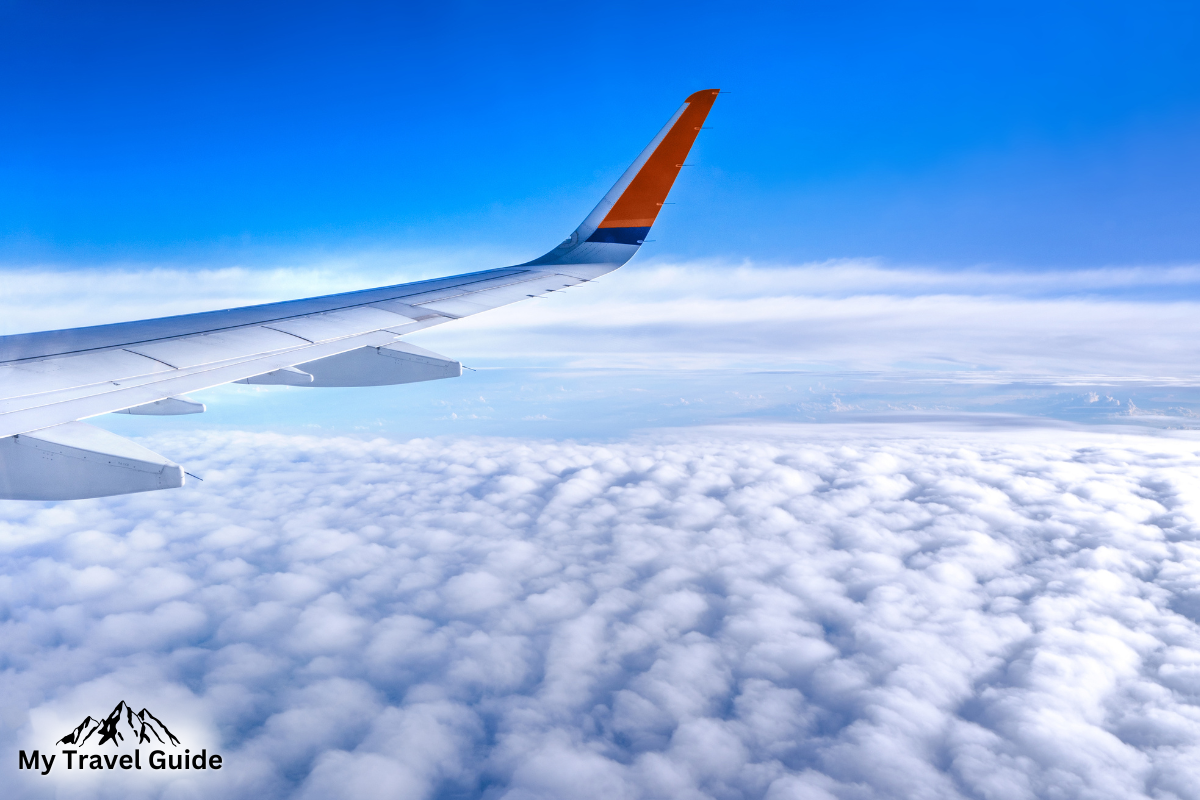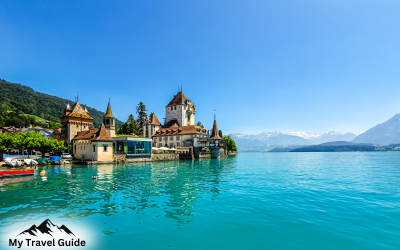Above The Clouds Why Airplanes Fly So high

Have you ever wondered why airplanes fly so high above the clouds? The majestic views, smooth flights, and the sense of altitude might be fascinating, but there are several practical reasons behind it. Flying at high altitudes offers numerous benefits for both airlines and passengers. In this article, we will explore the science and practical reasons that make high-altitude flying ideal for commercial airliners.
Why Do Airplanes Fly So High?
Airplanes fly at high altitudes, often between 30,000 to 40,000 feet, which may seem extraordinary. But this height is not a random choice. Several factors contribute to this decision, including fuel efficiency, smoother flights, and better air traffic management. Let’s take a closer look at why commercial airlines prefer to fly so high.
1. Fuel Efficiency: Less Drag, More Distance
One of the primary reasons airplanes fly at high altitudes is fuel efficiency. When flying higher in the atmosphere, the air becomes thinner, meaning there is less resistance or drag on the airplane. As a result, the engines use less energy to maintain speed, leading to significant fuel savings.
In aviation, fuel costs are one of the highest expenses for airlines. By flying at altitudes of 30,000 feet or higher, airlines can reduce drag, improve fuel economy, and fly longer distances without using additional fuel. This makes high-altitude flights not only more economical but also environmentally friendlier due to reduced carbon emissions.
2. Smooth and Safe Flight Conditions
Flying at high altitudes also helps avoid much of the turbulence and unstable weather conditions that occur at lower altitudes. The majority of storms, rain clouds, and severe weather systems are located in the lower levels of the atmosphere. By flying above these layers, airplanes experience much smoother air conditions, providing a more comfortable flight for passengers.
In addition to reducing turbulence, flying higher also helps avoid thunderstorms and unpredictable weather patterns that can cause discomfort or even risk for aircraft. Airlines carefully plan flight paths to navigate clear skies and minimize the chance of turbulence, making flying at high altitudes a crucial factor for passenger safety and comfort.
3. Jet Streams: Harnessing Natural Speed
Another significant benefit of flying at high altitudes is the ability to take advantage of jet streams. These are fast-moving air currents found at altitudes above 30,000 feet. Jet streams flow from west to east and can significantly boost the speed of an airplane when traveling in the same direction. This natural air current allows airlines to save time and fuel.
By flying in these jet streams, airplanes can travel faster, sometimes cutting flight times by up to 10% on long-haul routes. This makes high-altitude flights even more efficient for airlines and passengers alike.
4. Air Traffic Control and Safety
Another reason airplanes fly so high is air traffic control. The skies are divided into different altitude layers to ensure safe and efficient air traffic management. Commercial airplanes typically operate in higher altitude ranges to avoid collisions with smaller aircraft that fly at lower altitudes. This organized separation ensures that air traffic can be managed without interference, making flying at higher altitudes both safer and more organized.
In case of emergencies, high-altitude flights provide pilots with more time and options to make critical decisions. For instance, if an engine failure occurs, the airplane can glide to safety without immediately needing to descend at high speeds. This buffer of altitude is crucial in giving pilots the best chance to react to unforeseen situations.
5. More Efficient Aircraft Engines
Airplanes are equipped with engines that are optimized for high-altitude operation. As altitude increases, air density decreases, meaning there is less air resistance on the airplane’s engines. This allows engines to run more efficiently while consuming less fuel.
At altitudes of 30,000 feet and above, engines are able to maintain optimum performance without working too hard. The reduced air density also means that the engines can burn fuel at a more efficient rate, contributing to a smoother, faster, and more economical flight.
How Do Airplanes Achieve These High Altitudes?
Now that we understand why airplanes fly so high, it’s important to know how they reach these heights. The process of climbing to cruising altitude involves a gradual increase in altitude, usually after takeoff. The aircraft starts at a lower altitude and ascends at a controlled rate until it reaches its designated cruising altitude.
The aircraft’s engines provide the necessary thrust to climb, while the wings generate lift. Once at cruising altitude, the airplane maintains a steady, efficient flight path. During the climb, pilots must carefully monitor speed, altitude, and engine performance to ensure smooth and safe ascent.
1. Climbing to Altitude
The climb to high altitude usually takes several minutes after takeoff, with the airplane increasing in altitude at a rate of around 1,000 feet per minute. During this climb, pilots monitor the aircraft’s performance to ensure that everything is operating within safe parameters.
2. Cruising Altitude
Once the aircraft reaches its cruising altitude, it levels off, and the engines throttle back to a more economical setting. At this point, the airplane is flying at a consistent altitude, usually around 35,000 to 40,000 feet. The aircraft’s engines continue to operate efficiently, and the airplane takes advantage of jet streams and reduced drag to maintain speed and conserve fuel.
3. Descent
When it’s time to land, the airplane begins a controlled descent. Pilots gradually reduce the aircraft’s altitude as they approach their destination. Descending too quickly can be uncomfortable for passengers, so the process is done slowly and steadily. Aircraft will typically descend from cruising altitude at a controlled rate of around 1,500 to 2,000 feet per minute.
Read About : Error Fare Plane Tickets
Benefits of High Altitude Flight for Passengers
Beyond the technical reasons for flying at high altitudes, there are several benefits for passengers. Flying above 30,000 feet offers a smoother, faster, and more comfortable experience. Here are some ways high-altitude flights benefit you:
1. Comfortable Flights
As mentioned earlier, high-altitude flights are generally much smoother due to the lack of turbulence and weather-related disruptions. With less air resistance and fewer weather systems to contend with, passengers are more likely to enjoy a peaceful and comfortable flight.
2. Faster Travel Times
When airplanes fly at high altitudes and take advantage of jet streams, they can reach their destinations more quickly. For long-haul flights, this means reduced travel time, making it more convenient for travelers who are on tight schedules.
3. Better Views
Flying at higher altitudes also means passengers get better views of the landscape. From cruising above the clouds, travelers can enjoy stunning aerial views of cities, mountains, oceans, and more. This can be a truly breathtaking experience that adds a special touch to the journey.
Conclusion
In conclusion, airplanes fly so high above the clouds for a variety of practical reasons. These high altitudes provide greater fuel efficiency, smoother and safer flight conditions, access to jet streams for faster travel, and better air traffic control. The high altitudes are a critical part of ensuring efficient, economical, and safe flights for both airlines and passengers.
Next time you board a plane and look out the window at the vast expanse of clouds below, you’ll understand that it’s not just for the view—there’s a lot more to flying high than meets the eye. The science behind high-altitude flying is a key factor in ensuring the success and safety of modern air travel. Whether it’s the smooth ride, faster travel, or reduced fuel costs, high-altitude flight truly offers the best of what aviation has to offer.











